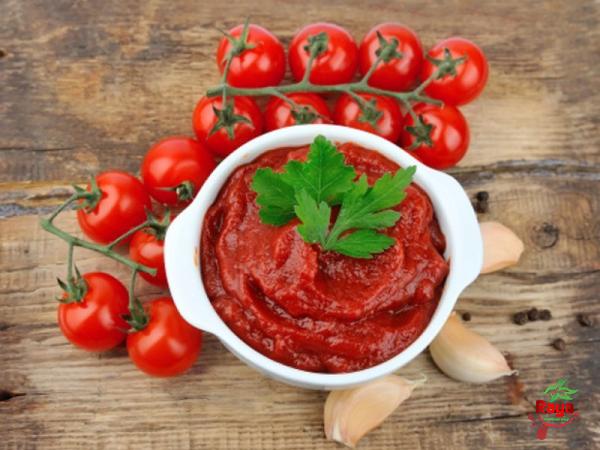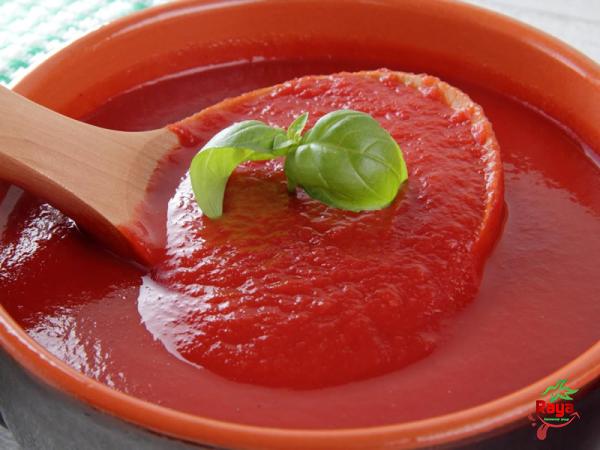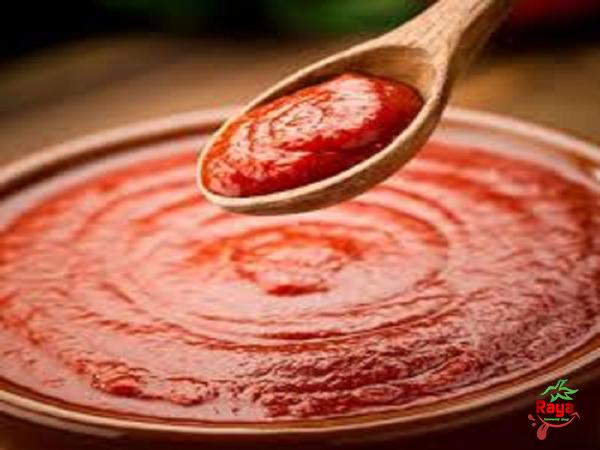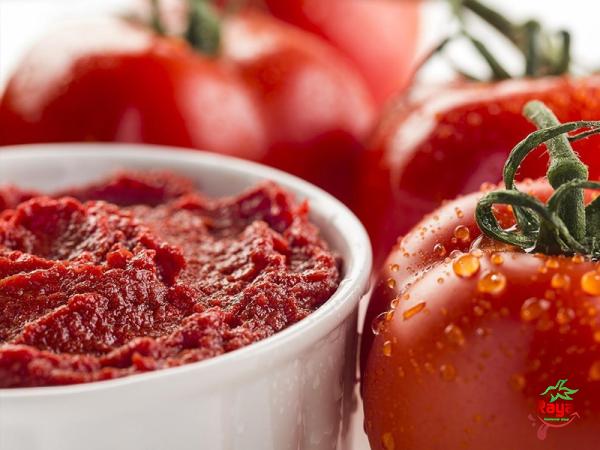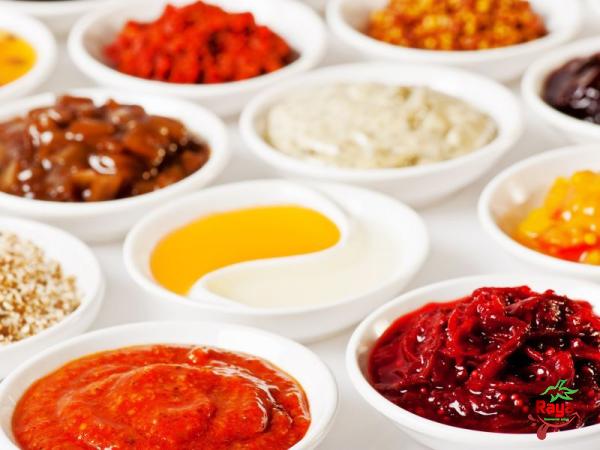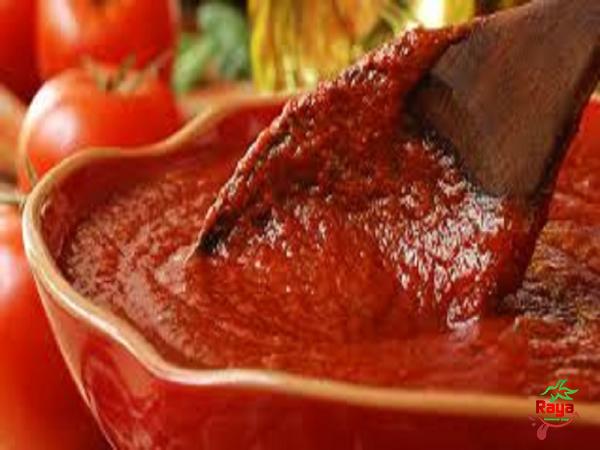Tomato paste distribution market formula factory
Tomato paste was first made in kitchens across Italy but now it is being made commercially in industrial factories and has a distribution system to the market to reach the consumers
The formula of the tomato paste has changed through the years but the main principles are still the same and the end product is still close to the tomato paste that was made decades ago
With the improvements that technology brings us every day, the activities that were taking a long time in the past are getting done in lesser and lesser time with the same quality
When tomato paste was made for the very first time, the Italian cook that made the tomato paste for the first time had to spread the chopped tomatoes in the sun and wait for a couple of days for them to lose their water content
Today the same process is done in under an hour
Yes, the quality of the tomato paste will be much better and the taste of sun-dried tomato paste will be higher and the taste cannot be replicated but the speed of the production with an acceptable level of quality that is already leaning towards feasible will be so much higher and the high demand for the tomato paste in today’s market will be satisfied much sooner
The formula of the tomato paste is not very complex that would involve a lot of ingredients and different stages of adding different additives, but still every manufacturer is trying to create a unique formula exclusively for himself to gain an edge in this competitive industry
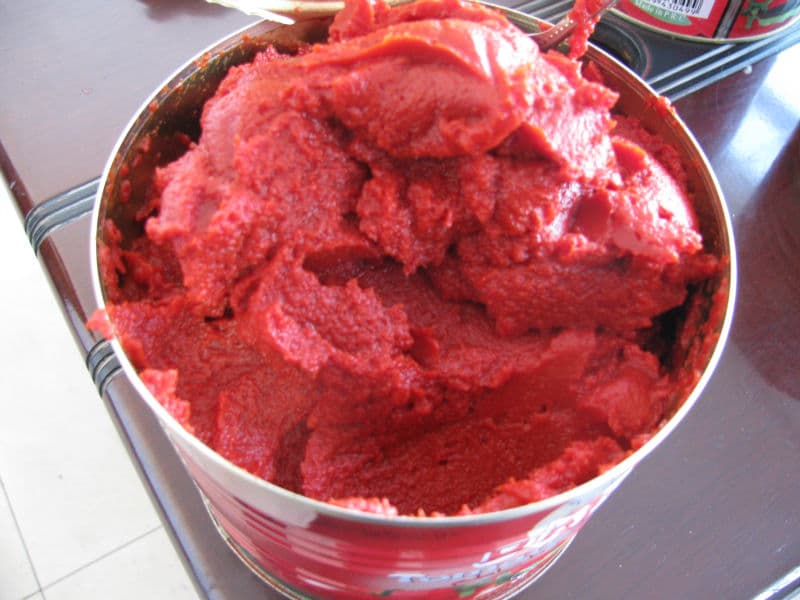
Tomato paste market
One of the most important vegetable crops farmed worldwide is the tomato
Tomato paste is a concentrated product with a long shelf life that is utilized as a key culinary ingredient all over the world
According to the Food and Agriculture Organization (FAO), 130 million tons of tomatoes were produced worldwide in 2011, with China and Europe presently leading the way
India, the United States, and Turkey are further important tomato-producing nations worldwide
To make tomato paste, tomatoes’ peel and pulp are removed to form tomato juice, which is then often concentrated by evaporation to create a thick paste
Due to its extensive use in the food sector, the tomato paste market is anticipated to have considerable global expansion throughout the time of forecasting
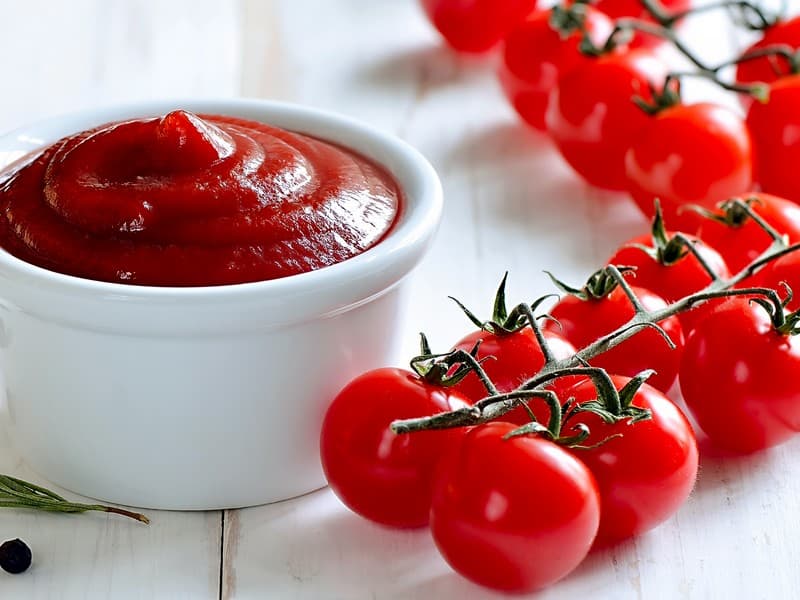
In the upcoming years, rising demand for organic tomato paste is anticipated to boost tomato industry profits worldwide
The market for tomato paste is divided into segments based on product type, packaging style, application area, distribution methods, and geographic location
The single concentrate, double concentrate, and triple concentrate product categories are used to categorize the worldwide tomato paste market based on product type and dry matter content
The most popular variety of tomato paste now on the market is double concentration
The market for tomato paste is divided into cans, carton packaging, bottles, and pouches based on the kind of packaging used
Due to their simple packing and ability to extend the shelf life of tomato paste-based goods, cans are the preferred form of packaging for tomato paste
The market for tomato paste is divided into commercial, residential, and industrial applications based on its use
Tomato paste is frequently used in the production of sauces and finished goods including pizzas, soups, jams, and others in industrial settings
The worldwide tomato paste market is divided into many retail formats, including hypermarkets/supermarkets, convenience shops, E-commerce, and other retail formats
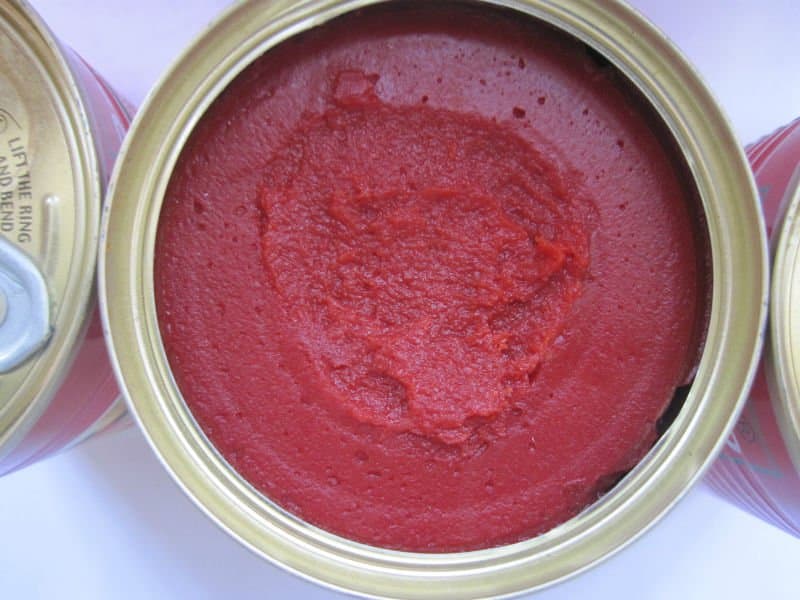
What is Brix in tomato paste
What is Brix in tomato paste? In simple words, Brix is the level of sugar content in a solution
One degree of Brix would mean one gram of sucrose in 100 grams of the solution and is shown by percentage
One aspect of tomato paste is that a lot of tomatoes are required to manufacture it
About 95 percent of tomatoes are water, and 5 percent are solids or sugar
Check the concentrate % the next time you grab that can of tomato puree
Most likely, the product’s label will say “dual concentrate,” and it will have roughly 28% solid materials (also called Brix)
In order to prepare 1 kilogram of tomato paste at a Brix of 28 percent, you would need 5
6 kg of tomatoes with a 5 percent sugar content
The two varieties of tomato paste—Hot Break and Cold Break—are utilized to produce various finished goods
The fresh tomatoes must be heated quickly after being chopped to a high temperature (between 85 and 100°C) in order to make Hot Break (HB) paste
Fresh, sliced tomatoes must be cooked at a lower temperature (between 65 and 75°C) when using Cold Break (CB) paste
While CB paste is used for triple concentration paste and requires a Brix of 36–38, HB paste is typically used for ketchup and different varieties of tomato sauce that require a Brix of 28–30
The tomato control series must always run at full capacity in order to make tomato paste, hence a reliable source of fresh tomatoes is essential
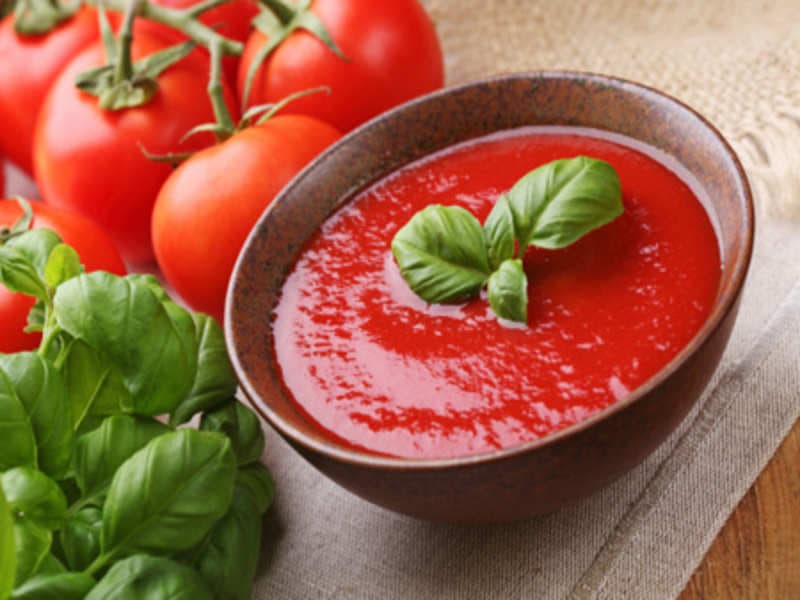
The operation must stop while all the equipment is cleaned thoroughly if capacity falls below a certain level or, worse still if no paste can be produced at all in a day
How is tomato paste made in a factory Steps of making tomato paste in a factory Unloading: Fresh tomatoes are offloaded from lorries
An operator uses a special tube to inject water into the truck so tomatoes may flow out of the trailer’s aperture
Water helps transfer tomatoes without damaging them
Sorting: Water is regularly pushed to transport, rinse, and sort tomatoes in a roller elevator
Discolored, green, and damaged tomatoes are removed at the sorting station
Some facilities have automatic sorting equipment
Chopping: Ideal tomatoes are delivered to the chopping area
Hot break or cold break: For CH processing, the pulp is heated to 65-75°C or 85-95°C
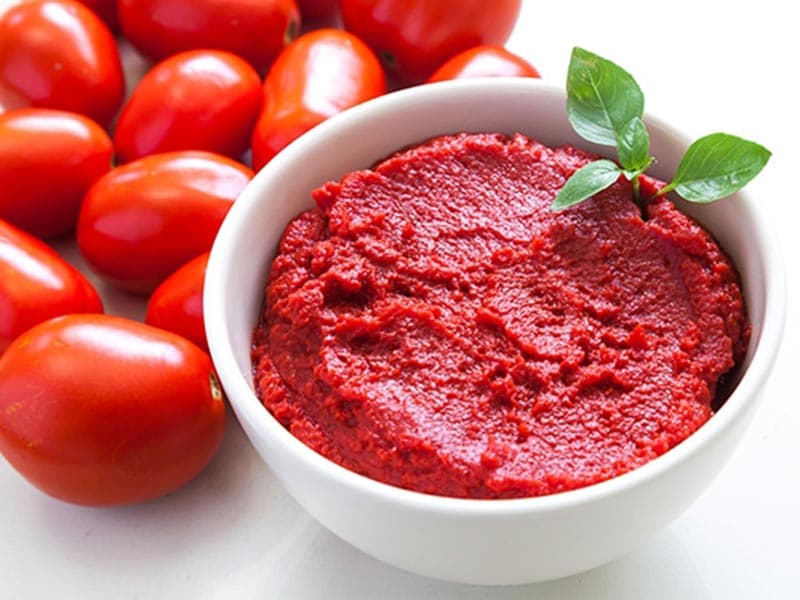
Juice removal: Fiber, juice, skin, and seeds are forced through a pulper and refiner, which are enormous sieves
Sieves allow the pulp to be coarser or smoother depending on the client’s needs
95% of pulp passes both sieves
The remaining 5% consists of fiber, seeds, and skin and is sold as livestock feed
Holding tank: The evaporator is fed enriched juice from a large holding tank
Evaporation: Evaporating tomato paste uses the greatest energy
Here, water is removed, and 5% solid juice produces 28% to 36% concentrated tomato paste
The evaporator automatically manages juice intake and final concentrate production; the operator simply needs to set the Brix value
Aseptic filling: Most facilities package finished products in aseptic bags, so the evaporated product never comes in contact with air
The concentrate is transferred from the evaporator to an aseptic container, then pushed via the aseptic sterilizer-cooler to the aseptic filler, where it is placed into big, pre-sterilized aseptic handbags
Once packaged, the concentrate lasts two years
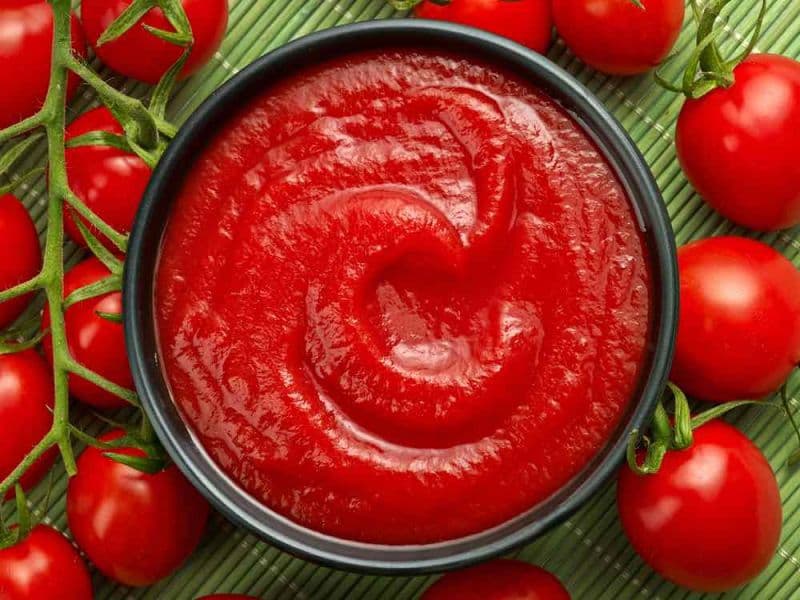
Tomato paste evaporator
The tomato business uses the novel and effective tomato paste falling film evaporator to concentrate natural tomato juice to 10–12° Brix
The final result can either be utilized to produce tomato puree as a component for diced or peeled tomatoes, or it can be further concentrated in a forced circulation evaporator
Because of the quick export time, it assures the highest quality of tomato paste and may give an optimal steam usage efficiency and compression process
It is often attached to the aroma recovery system, which may use to condense the steam produced during the concentration step to recover the most fragrant component that would otherwise be lost
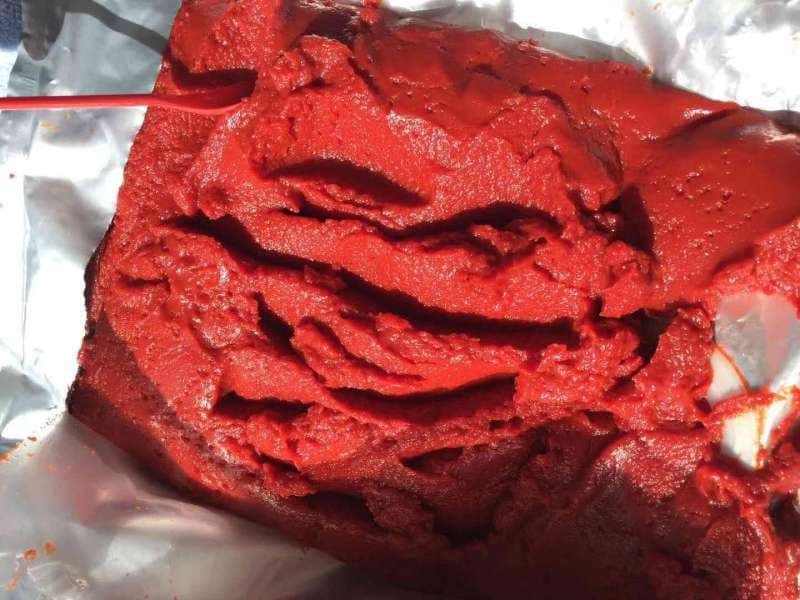
The evaporator has the following features:
high coefficient of heat transmission
complete automation of control
energy-efficient architecture to lower energy usage
The falling film evaporator for tomato paste is highly efficient and stable; High-quality 304 or 316L stainless steel is used for the primary construction; Italian technology is incorporated into the design, and European equipment processing standards are followed in terms of manufacturing standards
high automation and a low operator-to-machine ratio
In order to guarantee the stability and dependability of equipment functioning, all electrical components are of the highest caliber and quality
To automatically and intelligently respond to potential situations, the tomato paste falling film evaporator utilizes linkage control
The use of a man-machine interface is prevalent in the industrial process
On the touch screen, the tomato paste falling film evaporator’s operation and condition are complete
Tomato paste chemical formula
Active ingredients found in tomatoes include polyphenols and carotenoids
This study looked at the chemical makeup of tomato fruit as well as how well the fruit’s pomace (peel, pulp, and seeds) protected rats’ hearts from isoproterenol-induced myocardial infarction
Materials and Procedures In tomato fruits, estimates of the proximate chemical composition and concentrations of a few minerals (Ca, Fe, Zn, and K), vitamins (C, A, B1, B2, and B6), and antioxidants (-carotene, lycopene, and total phenolic compounds) were made
To cause an acute myocardial infarction, about 40 rats were subcutaneously injected with isoproterenol dissolved in normal saline three times in a row at a dosage of 100 mg kg-1 each time
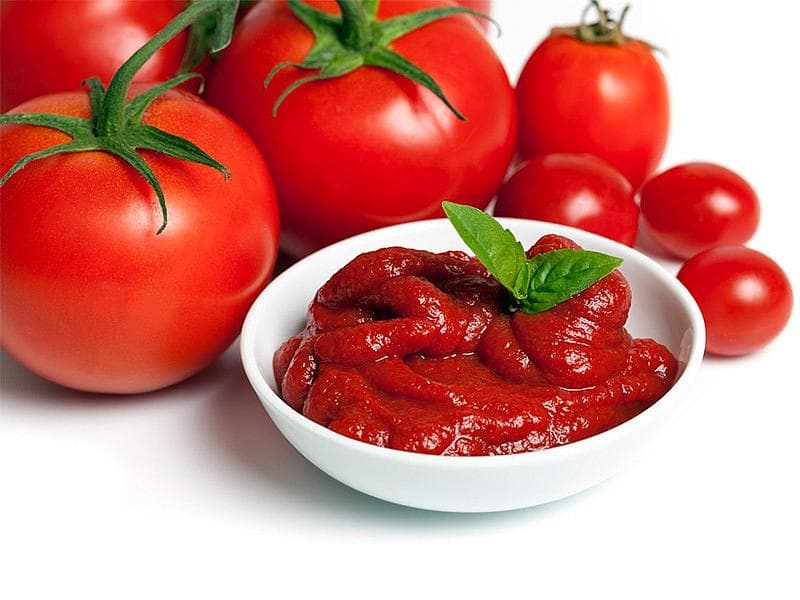
Rats were then divided into four treatment groups and one untreated group (positive control) (tomato peel, seed, pulp, and whole fruit)
Results: The tomato fruits were low in fat but high in carbohydrate, protein, and fiber
There were also found phenolic chemicals, vitamin C, lycopene, vitamin A, and calcium
Rats fed tomato peel, seeds, pulp, and whole fruit gained considerably more body weight and had a higher food efficiency ratio than rats in the control group
The tomato-fed groups had higher levels of high-density lipoprotein cholesterol and lower levels of total cholesterol, triglycerides, and low- and very low-density lipoprotein cholesterol in comparison to the control group
The rats given tomatoes showed a drop in serum liver enzyme activity and an increase in antioxidant enzymes
Conclusion: Administration of tomato and its constituents to rats has preventive benefits against myocardial infarction caused by isoproterenol
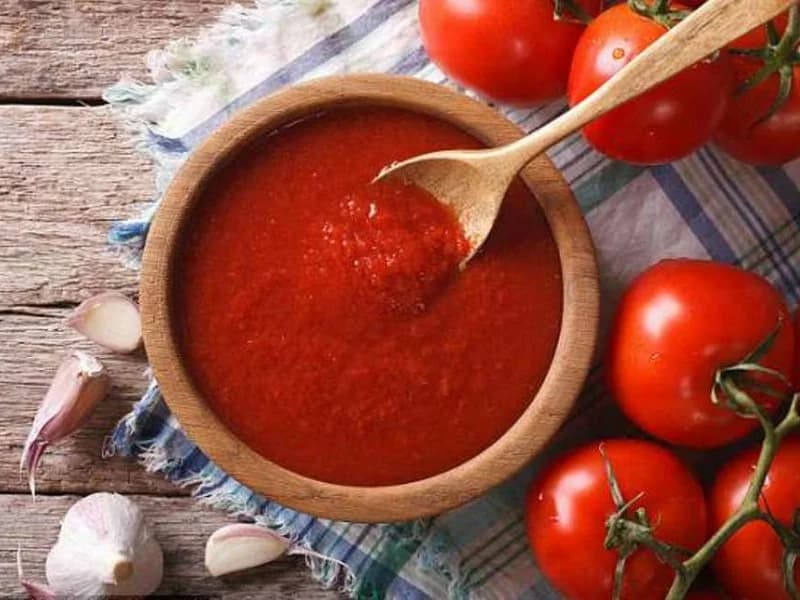
Tomato paste production process pdf
Tomato grading: For raw materials, select tomatoes that are completely grown, bright in color, rich in dry matter, with thin skin and thick flesh
To remove the silt and grime from the fruit surface, wash it with water
Cleaning a tomato: Remove the pedicles and any other green or rotting pieces first, then clean and blanch them
Trimmed tomatoes should be placed in hot water and blanched for 2 to 3 minutes to soften the pulp and make beating easier
Tomato pulping: Place the blanched tomatoes in the machine that beats them to break up the pulp and remove the peel, seeds, and seeds
Preferably, the beating machine will have two passes
The first sieve has a diameter of 1
0 to 1
2 mm
Heat and concentrate the juice in the jacketed pot, stopping the heat when the soluble solid content reaches 22 to 24 percent
Stir continuously during the concentrating process to avoid burning
Filling and sealing: Put the tomato in the appropriate bottles, cans, barrels, or sachets
Sanitation
Sterilize in IOOC boiling water for 20 to 30 minutes, then let the water cool in the pot until it reaches 35 to 40 degrees Celsius
The body of the sauce is uniformly reddish-brown, has some viscosity, a sour flavor, and no off-putting odor
Solids that are soluble range from 22 to 24 percent
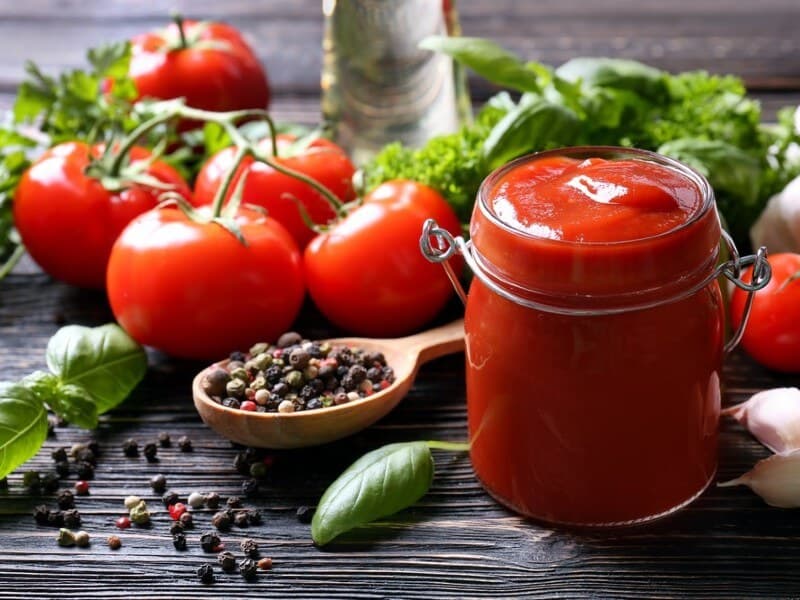
Tomato lycopene has the function of preventing bacterial development
It is a powerful antioxidant that may get rid of free radicals from the body
The impact is two times as great as -carotene
For the tomato paste production line, GELGOOG Machinery has developed an intricate processing strategy
The client’s engineering project can be custom created and given to the customer in the genuine sense of a turnkey project, depending on the investment state and production realities of the company

